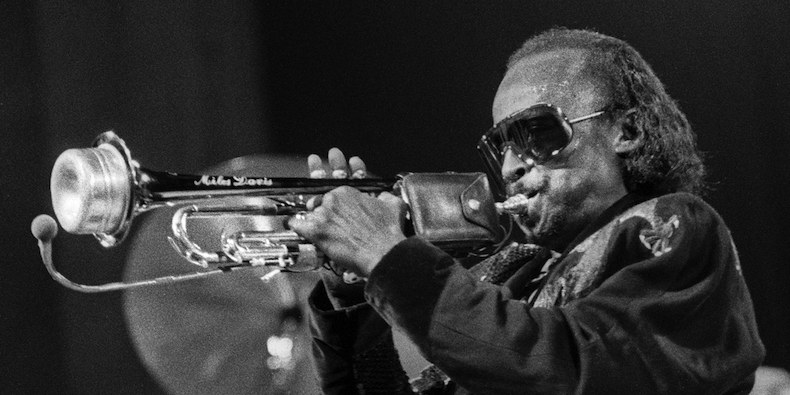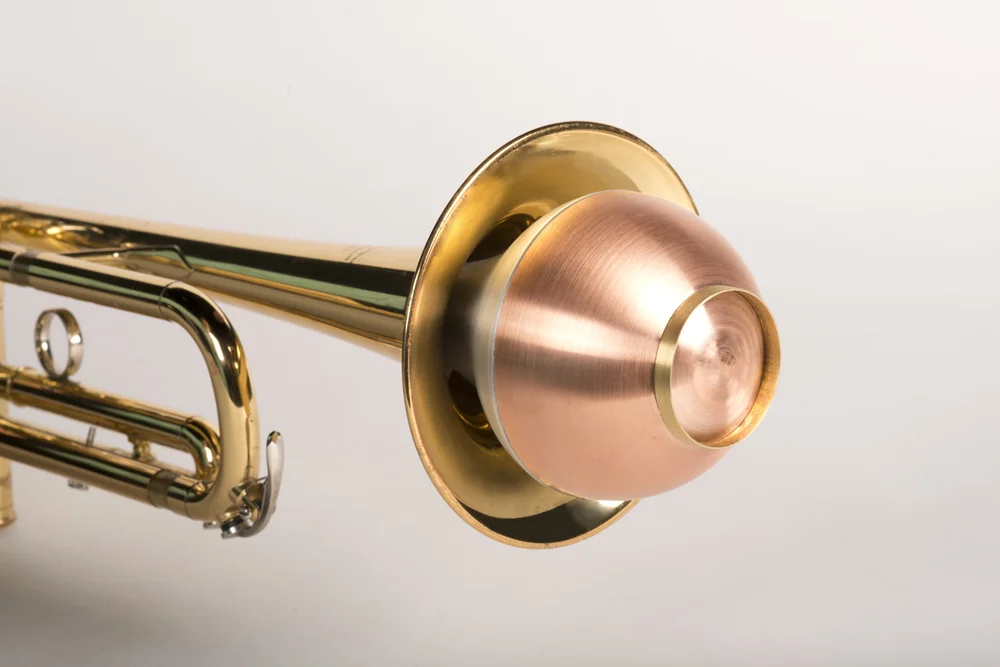It’s the name for defunct reed instrument, but primarily from the French word meaning to dampen or mute, pertaining to devices that not only reduce volume, but also create new tones, especially for brass instruments. Sourdine can be used in all kinds of instruments - on piano strings, violins, guitars, often place on or near the bridge and made of cardboard or felt. Guitar players can also dampen strings with the palm of the strumming hand, or lightly press the strings with the chord hand to help create rhythm. But this week let’s concentrate on the most interesting and diverse form of sourdine – on brass instruments. While many devices are handy for practising to keep the volume down and not annoy the neighbours sourdines for brass are also often used more creatively to change the timbre or tone of the instrument, making for a more tender or subtle sound, or even occasionally for comic effect.
Types of mute by volume and tone
From the straight mute, made from cardboard or aluminium, to the cup type, or the Harmon (wah-wah), or even the plunger (thought more often used for clearing drains), here’s an overview of some of the different types of trumpet mute by trumpeter Brian Shook, who is assistant professor of music at Lamar University in Beaumont, Texas.
Of these sourdines, the most famously used is the Harmon or wah-wah mute regularly used by Miles Davis and Dizzy Gillespie. Davis starte using the Harmon in the late 1950s, after he was recovering from heroin addiction, and was seeking a more relaxed sound, playing closer to the mic, creating space for the instrument. Here’s a prime example from All Blues, taken from landmark Kind of Blue album of 1959.
Cullen Knight is another player who specialised in mute playing. Here he is with Once Upon A Time:
Another type of sourdine is the solotone, a long, straight type of mute containing baffles that accentuate the treble sound in order to stand out distinctively during a noisy band piece. It was popular in the 1930s, particularly on the trombone, as audible here on Tommy Dorsey’s solo on Song of India.
Mutes have come in all sorts of forms since the jazz age of the 1920s, when bowler hats, sometimes known as a Derby, were used, or even old buckets, to cut out high frequencies to create a soft, muffled tone. But the plumber’s friend, the rubber plunger, was commonly used with skilled hand control, as shown here by Tricky Sam Nanton, playing with Duke Ellington on It Don’t Mean A Thing, to express a dirtier sound
There are all sorts of skilfully used sourdines or mutes in music, but do any more come to mind? Feel free to share other examples in songs or instrumentals, on albums, or other contexts in comments below. You can also get in touch the contact page, and also visit us on social media: Song Bar Twitter, Song Bar Facebook. Song Bar YouTube. and Song Bar Instagram. Please subscribe, follow and share.
Straight trumpet mute



